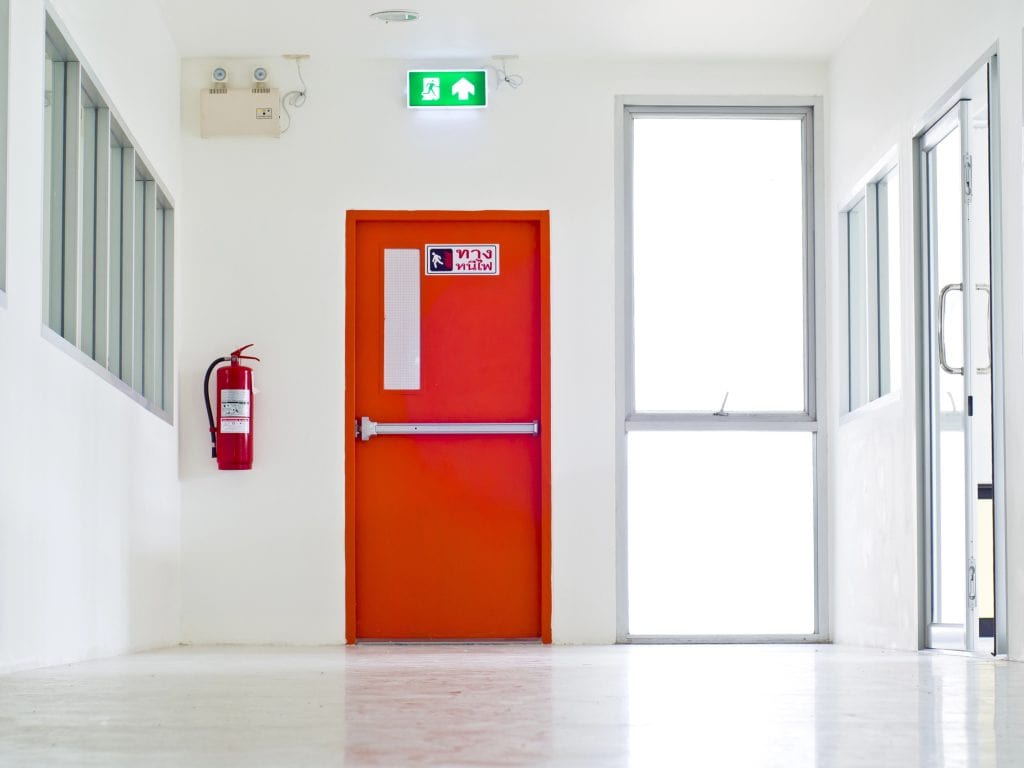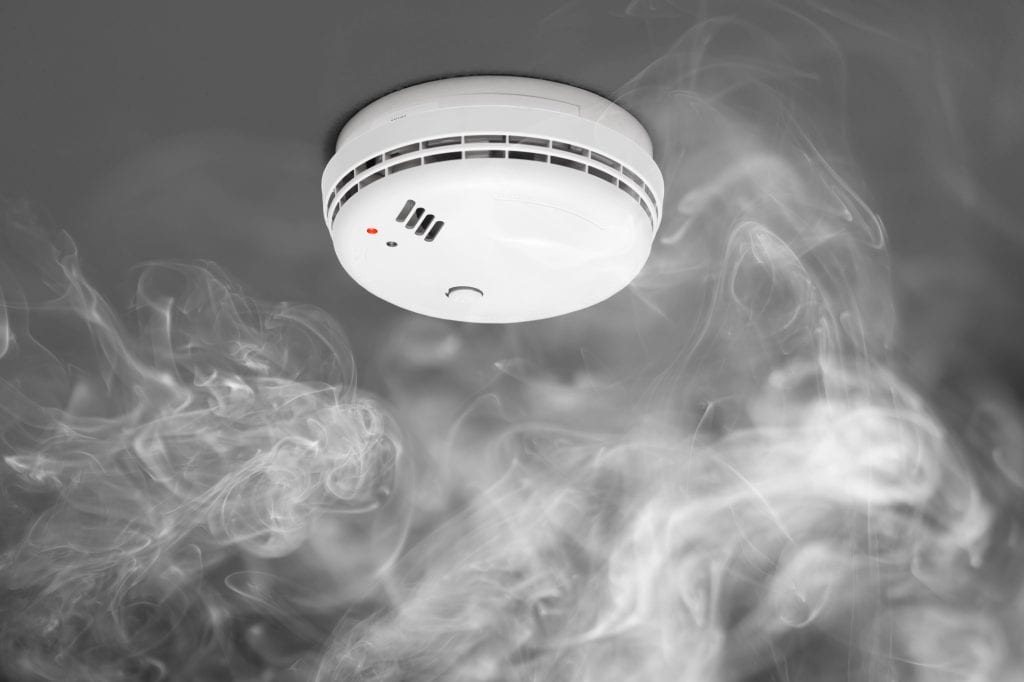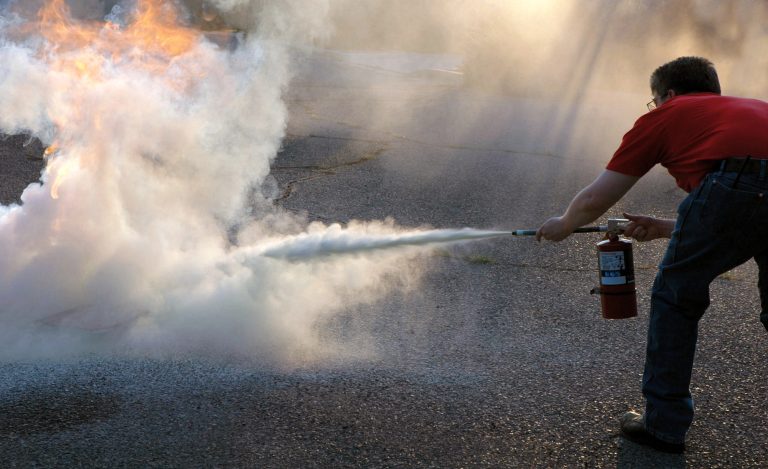Exploring the Differences: Active vs Passive Fire Protection Systems

In the realm of fire safety, there are two main categories of protection systems: active and passive. Each plays a crucial role in safeguarding buildings and their occupants from the devastating effects of fires. Active systems work actively to suppress or extinguish flames, such as sprinkler systems and fire alarms, while passive systems rely on design features and materials to contain fires and limit their spread. In this article, we will delve deep into these differences between active and passive fire protection systems, exploring their unique functionalities, advantages, and drawbacks. Understanding these distinctions is essential for creating comprehensive fire safety plans that truly protect lives and property in the event of a blaze. Join us as we analyze the intricate dynamics between these two types of systems to enhance our understanding of how best to ensure building safety against fire hazards.
Understanding Active Fire Protection Systems

- Active fire protection systems are designed to actively respond to a fire event by using mechanisms that require some form of action or motion.
- These systems typically include components such as fire alarms, sprinkler systems, and fire extinguishers that activate automatically in case of a fire.
- The goal of active fire protection systems is to detect and suppress fires quickly, minimizing damage and protecting occupants.
In contrast to passive fire protection measures, which aim to contain fires within a certain area, active systems are proactive in their approach by actively fighting the spread of flames. By combining both passive and active measures, buildings can maintain multiple layers of protection against the threat of fires.
Exploring Passive Fire Protection Measures

Passive fire protection measures are designed to contain or slow down the spread of fire without the need for active intervention. These include materials and structural elements that resist fire or prevent its spread within a building.
Characteristics of Passive Fire Protection:
- Inherent: Built into the structure itself, requiring minimal maintenance.
- Non-electronic: Doesn’t rely on sensors or alarms to function.
- Long-lasting: Once installed, passive measures remain effective for the life of the building.
Key Differences between Active and Passive Fire Protection

Active Fire Protection
- Quick Response: Active fire protection systems are designed to respond immediately to a fire incident, helping to control and extinguish the flames rapidly.
- Requires Maintenance: These systems need regular inspections, testing, and maintenance to ensure they are in proper working condition at all times.
- Examples: Some examples of active fire protection systems include sprinkler systems, fire alarms, and smoke detectors.
Passive Fire Protection
- Preventative Measures: Passive fire protection focuses on preventing the spread of fires through the use of fire-resistant materials and structural elements.
- Invisible Role: Unlike active systems that become activated during a fire, passive fire protection measures are always present but may go unnoticed until needed.
- Examples: Common passive fire protection measures include fire-rated walls, doors, floors, and ceilings.
In summary, active fire protection involves responsive measures that kick into action during a fire incident for immediate control and extinguishment. On the other hand, passive fire protection relies on preventative design features and materials to limit the spread of fires within a building. Both types of systems play crucial roles in ensuring the safety of occupants in case of a fire emergency.
Advantages of Active Fire Protection Systems

- Rapid Response: Active fire protection systems like sprinklers and alarms can quickly detect and suppress fires, minimizing damage to property and saving lives.
- Constant Monitoring: These systems are always active and monitoring the environment for any signs of fire, providing continuous protection even when occupants are not present.
- Reduce Fire Spread: By swiftly tackling fires at their source, active systems prevent flames from spreading to other areas of a building, containing the danger effectively.
Benefits of Passive Fire Protection Measures

- Prevent spread of fire: Passive fire protection measures, such as fire-resistant building materials and structural elements, help contain the spread of fires within a building. This containment limits the damage caused by flames, smoke, and heat.
- Protect escape routes: In the event of a fire, passive fire protection systems can maintain the integrity of escape routes like stairwells and corridors. This ensures that occupants have a clear path to evacuate safely without obstruction from structural failures or excessive heat.
- Enhance building safety: By incorporating passive fire protection measures into construction designs, buildings can meet safety standards and regulations more effectively. These measures provide a dependable first line of defense against fires, complementing active suppression systems for comprehensive protection.
A Comprehensive Comparison of Active and Passive Fire Safety

Active Fire Safety
- Function: Active fire safety systems require a manual or automatic activation to suppress fires when detected.
- Examples: Sprinkler systems, fire extinguishers, and alarms are common active fire safety measures.
- Cost: Implementation and maintenance of active systems can be costly due to regular inspections and testing requirements.
Passive Fire Safety
- Function: Passive fire safety features are built into the structure of a building to prevent the spread of fire.
- Examples: Fire-resistant doors, walls, floors, and compartments are all passive elements that help contain fires.
- Cost: Initial installation costs may be higher for passive measures but tend to require less ongoing maintenance compared to active systems.
In conclusion, both active and passive fire safety methods play critical roles in protecting lives and property during emergencies. While each system has its own advantages and limitations, a combination of both approaches is often recommended for comprehensive protection against fires. By understanding the differences between these two types of systems, individuals can make informed decisions about which measures best suit their needs.